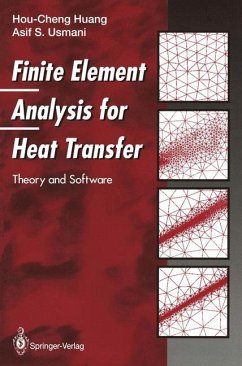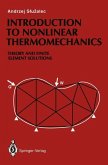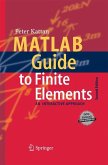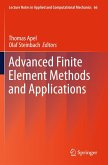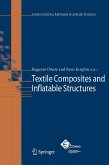This text presents an introduction to the application of the finite ele ment method to the analysis of heat transfer problems. The discussion has been limited to diffusion and convection type of heat transfer in solids and fluids. The main motivation of writing this book stems from two facts. Firstly, we have not come across any other text which provides an intro duction to the finite element method (FEM) solely from a heat transfer perspective. Most introductory texts attempt to teach FEM from a struc tural engineering background, which may distract non-structural engineers from pursuing this important subject with full enthusiasm. We feel that our approach provides a better alternative for non-structural engineers. Secondly, for people who are interested in using FEM for heat transfer, we have attempted to cover a wide range of topics, presenting the essential the ory and full implementational details including two FORTRAN programs. In addition to the basic FEM heat transfer concepts and implementation, we have also presented some modem techniques which are being used to enhance the accuracy and speed of the conventional method. In writing the text we have endeavoured to keep it accessible to persons with qualifications of no more than an engineering graduate. As mentioned earlier this book may be used to learn FEM by beginners, this may include undergraduate students and practicing engineers. However, there is enough advanced material to interest more experienced practitioners.
Bitte wählen Sie Ihr Anliegen aus.
Rechnungen
Retourenschein anfordern
Bestellstatus
Storno

